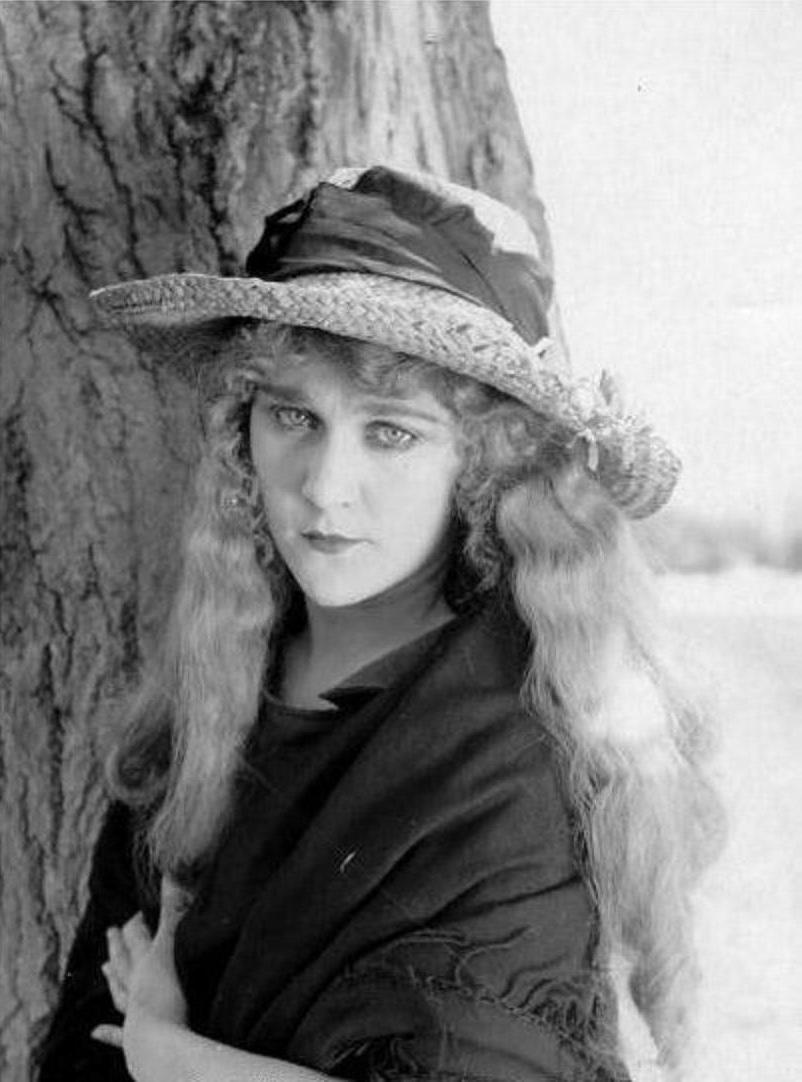Louise Lovely (Louise Lovely)

Actress. She was the first Australian silent film actress to find success in America. Born Nellie Louise Alberti to an Italian musical father and a Swiss mother, she made her professional debut at the age of nine as ‘Eva’ in the Harriet Beecher Stowe classic novel “Uncle Tom’s Cabin,” using the stage name of Louise Carbasse. She soon became a successful child actress, appearing in many roles made popular by the woman with whom she would later become a competitor in Hollywood, Mary Pickford. From 1911 through 1912 she appeared in nine Australian silent films, including “A Ticket in Tatts,” “One Hundred Years Ago,” “The Colleen Bawn,” “A Tale of the Australian Bush, “Hands Across the Sea,” “A Daughter of Australia,” “Conn, the Shaughraun,” “The Wreck of the Dunbar or The Yeoman’s Wedding,” and “The Ticket of Leave man.” In 1912 at the age of 16, she married fellow actor Winton Welch and they performed together in vaudeville. In 1914 she and her husband moved to America, hoping to replicate her Australian success. According to legend, it was Universal Studios head Carl Laemmle who both gave her a contract with his studio and re-christened her as Louise Lovely. Of his new find, Laemmle was quoted as saying, “She’s lovely in her work and in herself. Call her Louise Lovely…” She made her American silent film debut alongside the legendary Lon Chaney (Senior) in “Father and the Boys” (1915), receiving strong reviews. She starred with Chaney again in several other films including “Stronger Than Death” (1915), “The Gilded Spider’ (1916) and “Tangled Hearts” (1916). She would appear in about 30 films for Universal, including “The Grip Of Jealousy” (1916), “The Grasp of Greed” (1916), “Stronger Than Steel” (1916), “Sirens Of The Sea” (1917), “The Girl Who Wouldn’t Quit” (1918), “A Rich Man’s Daughter” (1918), and “Painted Lips” (1918). In 1918 she was dropped by Universal Studios in a contract dispute and was subsequently picked up by Fox Film Corporation, where she starred in a series of Westerns with William Farnum, but her career never reached its earlier heights, appearing in over 20 films, including “Johnny-On-The-Spot” (1919), “The Lone Star Ranger” (1919), “The Skywayman” (1920), “While The Devil Laughs” (1921), “The Heart of the North” (1921), “The Poverty Of Riches” (1921), “The Heart Of The North” (1921), “Life’s Greatest Question” (1921), and “Shattered Idols” (1922). In 1924 she and her husband returned to Australia in pursuit of film production. She had maintained a long-time interest in the behind-the-scenes aspects of film, and had collaborated with Welch on a successful short documentary feature, “A Day At The Studio,” but her plans for her return to Australia were far more ambitious. They undertook a nationwide talent search to encourage budding new movie actresses. Over 23,000 actors and actresses attended her auditions, which included demonstrations of movie equipment and acting technique, and which took place at prestigious locations such as Melbourne’s Princess Theatre. Twenty applicants were selected to appear in her next film venture “Jewelled Nights” (1925), which she and Welch wrote, directed, and acted. While it was an outstanding success, it did not recoup its high costs. The Australian film industry, once one of the most productive in the world, was soon to fall into a slump that was to last for fifty years. She was offered no more roles and could not afford any further independent productions, and “Jewelled Nights” became her last film. She testified at the Royal Commission on the Moving Picture Industry in Australia, suggesting a number of measures that might stimulate the struggling local film industry. Soon afterwards, she made a return to the stage. It was at around this time that her marriage to Welch fell apart. In 1930 she was married theater manager Bert Cowan, which lasted for the rest of her life. They moved to Hobart, Tasmania in 1946, where he became the manager of the Prince of Wales Theater and she managed the theater’s confectionery store, where she worked until her death at the age of 85. (bio by: William Bjornstad)
Born
- February, 28, 1895
- Australia
Died
- March, 03, 1980
- Australia
Other
- Cremated

